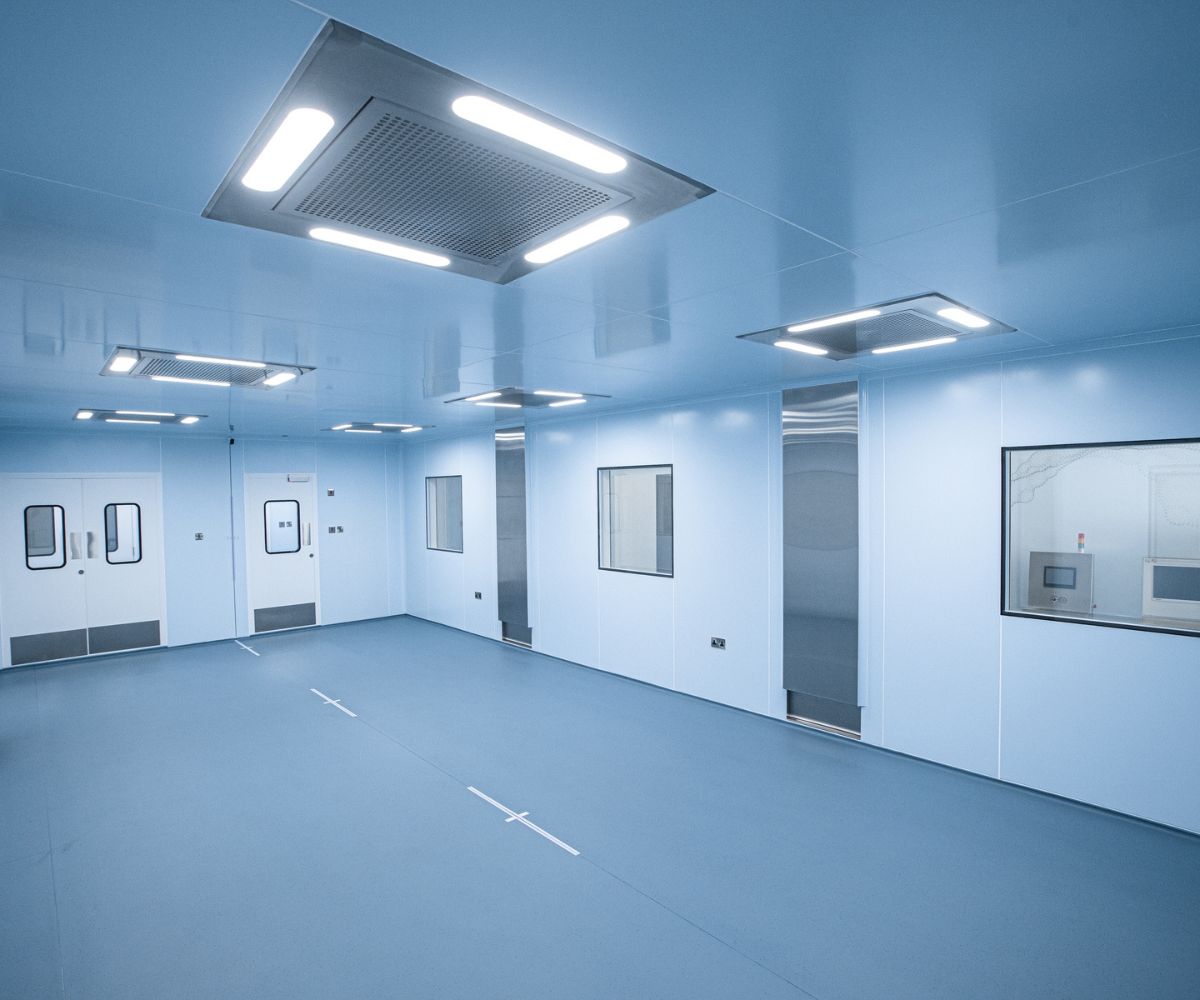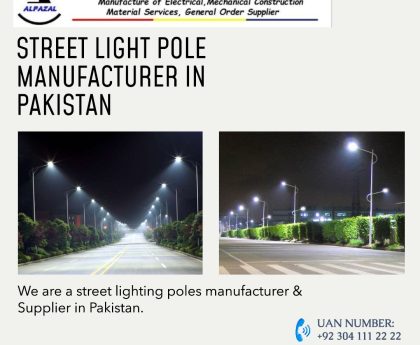Cleanroom technology has become an indispensable aspect of modern industry, with applications spanning from pharmaceuticals and biotechnology to electronics and aerospace. In South Africa, the adoption and advancement of cleanroom technology are not just transforming industries but also paving the way for innovation and economic growth. This blog delves into the world of cleanrooms in South Africa, exploring their significance, current landscape, and the potential they hold for the future.
What is a Cleanroom?
A cleanroom is a controlled environment designed to maintain extremely low levels of particulates, such as dust, airborne organisms, or vaporized particles. This is achieved through the use of High-Efficiency Particulate Air (HEPA) filters, strict protocols, and specialized equipment. The primary goal is to protect products from contamination during manufacturing processes, ensuring the highest standards of quality and safety.
The Importance of Cleanrooms
Cleanrooms are crucial in various high-tech and high-precision industries. For example:
- Pharmaceuticals: Ensuring the sterility of drugs and medical devices.
- Biotechnology: Providing a contaminant-free environment for research and production.
- Electronics: Preventing defects in semiconductors and microelectronics.
- Aerospace: Maintaining the integrity of components used in spacecraft and satellites.
In each of these sectors, even a single particle or microbe can compromise product integrity, lead to costly recalls, or pose serious health risks.
Cleanroom Standards and Classifications
Cleanrooms are classified based on the number and size of particles permitted per volume of air. The most widely used standards include:
- ISO 14644-1: International standard for cleanroom classification.
- Federal Standard 209E: U.S. standard for cleanroom classification, now mostly replaced by ISO standards.
For instance, an ISO Class 5 cleanroom allows no more than 3,520 particles (0.5 micrometres or larger) per cubic meter, while an ISO Class 7 cleanroom permits up to 352,000 particles of the same size.
The Cleanroom Landscape in South Africa
South Africa’s cleanroom industry has witnessed significant growth in recent years, driven by both domestic demand and international partnerships. Several key factors contribute to this burgeoning sector:
1. Pharmaceutical and Biotech Boom
South Africa’s pharmaceutical and biotechnology industries are expanding rapidly, fueled by a growing demand for locally produced medicines and a vibrant research community. Cleanrooms play a critical role in these sectors by ensuring the highest levels of sterility and quality control. Companies like Aspen Pharmacare and Biovac are investing heavily in cleanroom facilities to meet both domestic needs and international standards.
2. Advances in Electronics and Microelectronics
The electronics industry in South Africa, though smaller than in some other countries, is steadily growing. Cleanrooms are essential for the production of semiconductors, microchips, and other electronic components. Companies like Tellumat and Parsec are leveraging cleanroom technology to produce high-quality electronic products for both local and global markets.
3. Aerospace and Defense Innovations
South Africa’s aerospace and defence sectors are also benefiting from cleanroom technology. Organizations such as Denel and the South African National Space Agency (SANSA) utilize cleanrooms to develop and manufacture components for satellites and other aerospace applications. This not only boosts the country’s technological capabilities but also enhances its position in the global aerospace industry.
Challenges and Opportunities
Despite the progress, the cleanroom industry in South Africa faces several challenges:
1. High Initial Investment
Setting up a cleanroom involves substantial capital investment. The costs of constructing the facility, installing specialized equipment, and maintaining strict environmental controls can be prohibitive for small and medium-sized enterprises (SMEs).
2. Skilled Workforce
Operating and maintaining a clean environment requires a highly skilled workforce. Training programs and educational initiatives are essential to develop the necessary expertise, but there is currently a shortage of trained professionals in the country.
3. Regulatory Compliance
Adhering to international standards and regulations is crucial for industries relying on cleanroom technology. This requires continuous monitoring, audits, and updates to ensure compliance, adding to the operational complexity.
However, these challenges also present significant opportunities:
4. Government Support and Incentives
The South African government recognizes the importance of cleanroom technology and provides various incentives and support programs to encourage investment in this sector. Initiatives such as tax breaks, grants, and research funding can help mitigate the high initial costs.
5. Collaborations and Partnerships
Collaborations between academia, industry, and international partners can facilitate knowledge transfer and innovation. Joint ventures and partnerships can also provide access to advanced technologies and markets, fostering growth and development.
6. Focus on Education and Training
Investing in education and training programs is crucial to developing a skilled workforce capable of operating and maintaining cleanrooms. Universities and technical institutions can play a pivotal role in providing specialized courses and certifications.
The Future of Cleanrooms in South Africa
The future of cleanroom technology in South Africa looks promising, with several trends poised to shape the industry:
1. Technological Advancements
Advances in cleanroom technology, such as improved filtration systems, automation, and real-time monitoring, will enhance efficiency and reduce operational costs. These innovations will make cleanrooms more accessible to a broader range of industries.
2. Expansion into New Sectors
Cleanroom technology is likely to find applications in new sectors such as food processing, cosmetics, and renewable energy. These industries require stringent quality control measures, creating new growth opportunities.
3. Sustainable Practices
There is a growing emphasis on sustainability in cleanroom operations. Energy-efficient designs, eco-friendly materials, and waste reduction practices will become increasingly important, aligning with global sustainability goals.
Conclusion
Cleanroom technology is a cornerstone of modern industry, ensuring the highest standards of quality and safety. In South Africa, the adoption and advancement of cleanrooms are driving innovation, economic growth, and global competitiveness. While challenges remain, the opportunities are vast, and the future looks bright. With continued investment, collaboration, and a focus on education, South Africa’s cleanroom industry is set to thrive, contributing to a cleaner, safer, and more innovative world.





